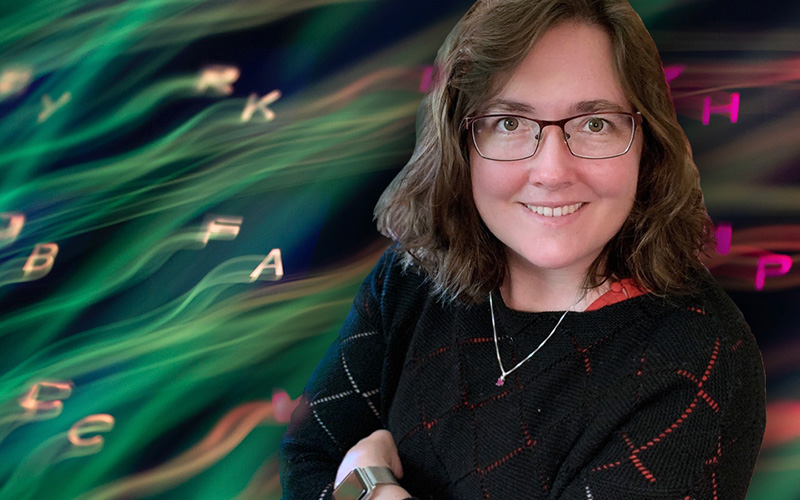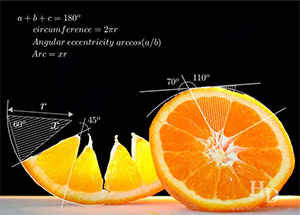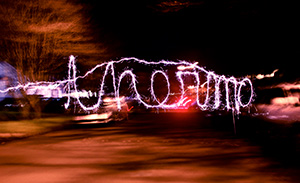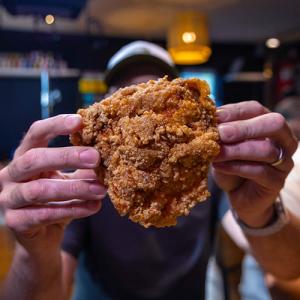
Engineering Something Amazing
Heather Dillon is a big believer in human-centered design, and student-centered engineering education.
“I can’t wait to see what they build and design, and ultimately who they become as they move through this program,” says UW Tacoma Professor Heather Dillon. She is speaking of the students who will be enrolled in the School of Engineering & Technology’s new mechanical engineering (ME) program. Dillon came to campus from the University of Portland in the fall of 2020 to serve as chair of the program.
The ME program officially launches in September 2021. The state legislature provided the university with funds to establish programs in mechanical and civil engineering. “It can be a challenging thing to launch a new engineering program so kudos to the university and to the state of Washington for having the vision to really increase access to this degree in the South Sound,” said Dillon. According to a recent study, every engineering job creates 4.3 other jobs, increasing the economic impact of engineering majors on the community.

Cost is one of the biggest prohibitors to starting a new engineering program. New engineering labs are currently being added to the lower level of the set of buildings along Pacific Avenue that are sometimes known as the “academic core”: GWP (Garretson Woodruff & Pratt), BB (Birmingham Block) and BHS (Birmingham Hay & Seed), and WCG (West Coast Grocery). Additional labs are included in the design plans for Milgard Hall, a new academic building slated for a location south of Snoqualmie. Those physical spaces aren’t ready yet, but faculty are. “We’ve hired a really amazing group of faculty,” said Dillon. “They’re committed to the idea of building a program that supports the Tacoma and South Sound communities in a new way.”
There is an elephant in the room when it comes to mechanical engineering. The jobs pay well but the field lacks diversity. Dillon plans to tackle these issues head-on. “Our goal is to build a program that is inclusive, welcoming and focused on supporting every student who is interested in getting a mechanical engineering degree,” she said. “One advantage of a new program is that there isn’t an existing culture to change, we have people who are excited and who share the same vision.”
***
Dillon grew up on a farm in rural Idaho. “We were pretty financially constrained,” she said. This lack of resources informed Dillon’s choice of majors. “I wanted to make sure that I was choosing something that would provide some long-term stability,” she said.
Financial security mattered but so too did Dillon’s desire to work in a creative field. “I wanted to design and build things that made the world a little bit better,” she said. “On paper, mechanical engineering might look like a slog of pipe drawings, but the field is really very open-ended, exciting and generative.”
Dillon earned her Ph.D. in mechanical engineering at the University of Washington, and she spent 10 years as a researcher with the Pacific Northwest National Laboratory (PNNL). Dillon managed a number of multi-million-dollar projects related to energy efficiency during her time at PNNL. “I did a lot of work around green buildings and renewable energy,” she said.
Renewable energy and energy efficiency are two of Dillon’s research interests. She is also on the forefront of research into STEM education. In 2019, she served as Fulbright Canada Research Chair in STEM Education at the University of Calgary. “I did a Fulbright exchange where I worked with other faculty on ways to systematically change STEM education,” said Dillon. The group set up a system of faculty peer observation. “The theory is that if we watch each other teach, we will learn something that might be a little different, a little bit supportive of culture change in STEM fields,” she said.
***
Science and Nature Linked
Professor Heather Dillon is a mechanical engineer and an artist. Dillon is an avid photographer whose work has been featured in exhibitions and shows. “I love photography because it teaches you how to see the beauty in every aspect of our lives, big or small,” she said. Dillon’s work covers everything from people and places to math and science. “My approach to photography is often focused on the way science and nature are linked together,” she said.

(Click the image to view a portfolio of Heather Dillon's photography.)
One doesn’t expect to see art projects in an engineering course, but maybe we should. “Instead of just standing at the front of the room and lecturing students, I love finding ways to engage them directly in the learning process and bring them into the conversation,” said Dillon.
Dillon achieves this in a variety of ways including small group activities, creating projects that connect directly to the real world, and — art. “This is a project I do with my thermodynamics students,” she said. “Thermodynamics is very hard, there are a lot of gnarly equations and difficult concepts.” Dillon tasks her students with creating art that represents a concept learned in the class. The project is fun but that’s not the only reason Dillon developed this assignment. “There are a lot of evidence-based, student-centered best practices that help students,” she said.
Dillon’s approach is student-centered but it is bigger than that. “One of the most important things I learned when I worked at PNNL was to put human beings at the center of whatever we do when we design something,” she said. “This idea has carried over into my teaching and my work around student-centered learning.”
Students who enroll in the ME program at UW Tacoma can expect a robust education. “Mechanical engineering is often described as the most general of engineering degrees because you can launch into a lot of different industries,” said Dillon. “We have technical electives that will allow students to specialize in fields as diverse as bioengineering, energy, manufacturing, aerospace and robotics.”
Dillon plans to have students use the skills they acquire in the classroom long before they graduate. “One critical component of most mechanical engineering programs is the capstone design sequence where students actually go out and design something from scratch,” she said. “I’d really like to have the design work in our new program be focused on community engagement and community-based projects.” Dillon also sees a future where the ME program solicits and helps cultivate citizen science here in Tacoma and the larger South Sound.
But first, Dillon and her team are busy getting the ground ready for that first group of UW Tacoma mechanical engineering students. “I think that’s the reason we all chose education: this idea of helping students on their journey,” she said. “At the end of the day, what the University of Washington Tacoma mechanical engineering program offers students is an opportunity to become someone amazing that will help make the world a little bit better.”
The Art of Thermodynamics
Heather Dillon tasked students with the creation of a work of art to illustrate a thermodynamic concept. The results showcase student creativity and students indicated their comprehension of the material improved.

(Click the image to read a sidebar about Dillon's "Thermodynamics in the Arts" curriculum work.)



